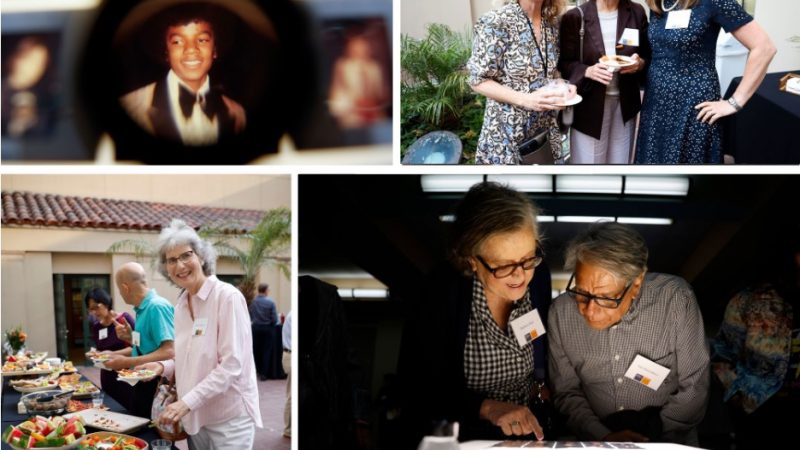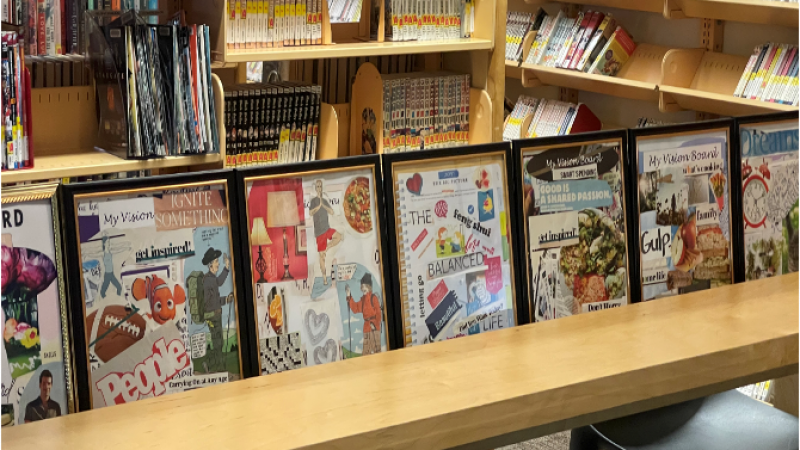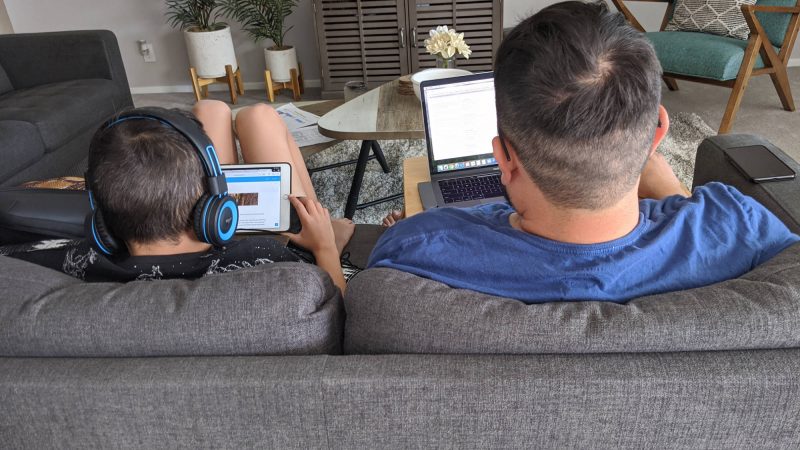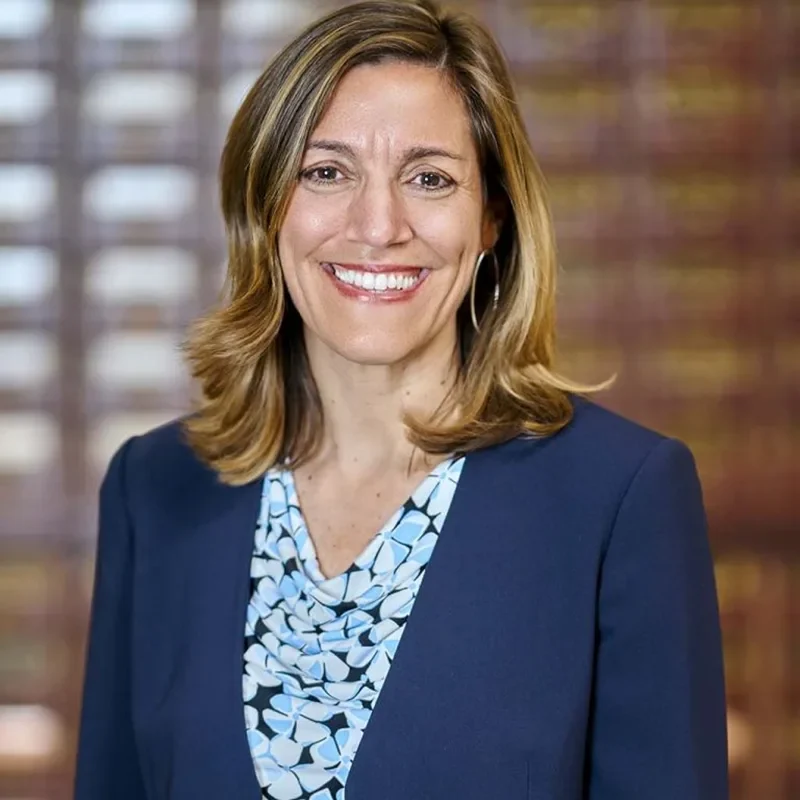When Sandra Cisneros set out to compile over 30 years worth of nonfiction pieces, she had no idea that a deep underlying theme would take root: home. But after objectively looking at her collected stories, essays, talks, and poems, it was clear that she had created an autobiography through writing about the many places around the world that she called home. Before visiting ALOUD on October 28 to discuss this new book, A House of My Own, we spoke with Cisneros as she packed up her personal library to move from her longtime home in San Antonio to a newly purchased house in Central Mexico. The award-winning author of The House on Mango Street and Caramelo, a story collection, and two books of poetry, grew emotional as she cleaned out her library for her next life phase. Many books were being donated to libraries in Mexico, archives, or to friends, but some old favorites from Marguerite Duras, Jean Rhys, Diana Athill, and Lewis Carroll would make the journey. The momentous occasion brought up a lot of talk of the discrete voices, rooms, and life lessons that have shaped Cisneros’ vibrant world of storytelling.
Transient Influences
“Wherever you put me, that’s what I write about. Whether I’m in Iowa or Chicago or Mexico or in Rome—I listen to the ways people speak. Perhaps because I was a poet, or perhaps I am a poet because I’m fascinated with language and the way people communicate to one another.”
Room to Breathe
“When I lived in San Antonio, I felt so isolated from a writing community. I felt there was a Texas community, but it didn’t embrace me, so I had to create a community for myself. That community became a workshop I called Macondo and eventually it became a foundation. Those writers that I invited to come into my dining room and do a writing circle is what I thought a community ought to be—to support, critique, and help each other. To this kind of place you have to bring your own oxygen, and the Macondo writing workshop was my oxygen supply.”
The Imperfect Spot
“When I was in Texas, and I bought my first home, I was always looking for an office—I started writing in the living room, and I worked in the back bedroom, and I worked at the kitchen table. Eventually, I was able to build my dream office, which by then was huge because it had to take care of guest writers, a big library, and an office upstairs. Once it was all done, I realized it brought me no joy. It separated me from the things that inspire me the most, which was being around my animals.”
Communing with Nature
“Writing is very lonely and you want anything that’s going to help you by your side, whether it’s a vase of flowers or a flock of dogs. When I went off to rent a place to live in Mexico for two years, I realized that I didn’t need an office. I needed a space that my dogs could be near me, that was quiet, that was outdoors but covered, and I could work all day outside and look up and see garden and trees. A covered terrace is how I work now. What makes me feel like writing is to be at home with my animals in some place that I know no one will interrupt me and I feel safe… and I cannot feel guilty for being this eccentric human being who likes to be alone.”
The Dream Home
“I’ve lived in a lot of crummy places because I have a habit to support—and it’s writing. A lot of times I lived in garage apartments or whatever it took to finish a manuscript with low overhead. I can’t say this will be my last home, but I know this is a house that I’m selecting to take care of me and it brings me a lot of pleasure. It’s a house for one person—not for guests, or to take care of other writers, just this one writer.”
Libraries as Sanctuary
“I’m a writer because of the Chicago Public Library. I grew up in a house where we didn’t have any books that weren’t property of the school or the library. It was all because my mom and her own love of the library and her absolute necessity to go to the library every Saturday for herself, and the kids tagged along. Maybe because I was hypersensitive and introverted, it was my safe, quiet place and I felt really at home at the library. The luck of being born in a town with libraries—truly, it changed my life.”
Visit lfla.dev/aloud to learn more about this program on Wednesday, October 28, 7:15 PM, Sandra Cisneros in conversation with author Reyna Grande.
And in the seasonal spirit of October, watch below as Cisneros gives a talk on “Day of the Dead/Día de los Muertos” for the National Museum of the American Indian.









